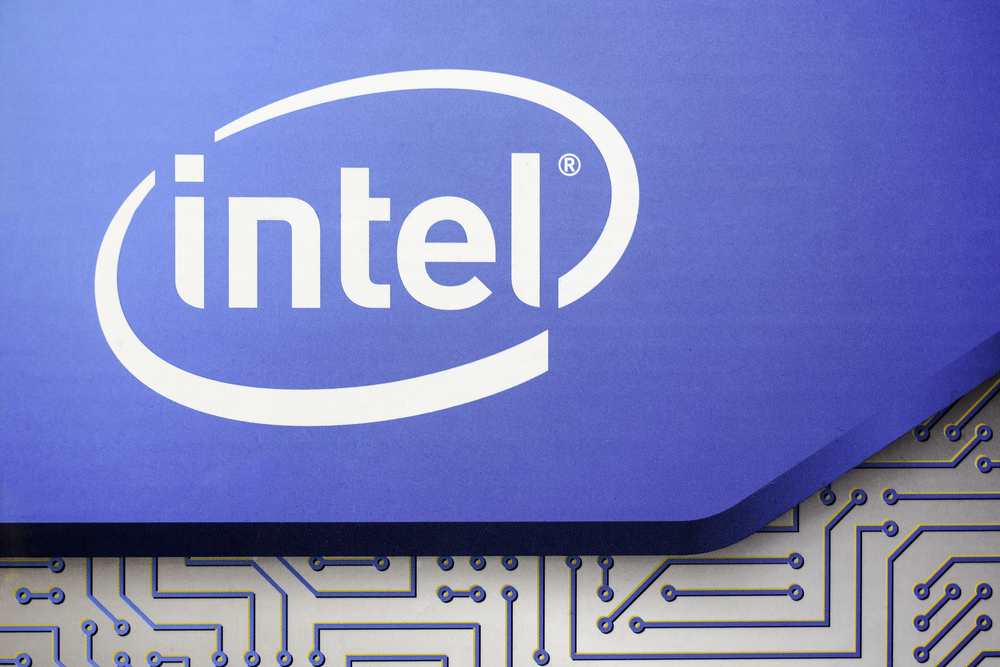
In a surprising turn of events, chip maker Intel (INTC.O) reported a quarterly profit that defied expectations, signaling a potential turnaround in the PC market. The company’s shares rose approximately 6% following the announcement, bolstered by the prospect of higher third-quarter earnings that exceed Wall Street predictions.
The PC market had been grappling with a significant slump over the past year, leading to an oversupply of inventory as consumers had already fulfilled their computing needs during the pandemic. However, there are signs of improvement: PC shipments fell by a mere 11.5% in the June quarter, a significant improvement from the steep 30% declines observed in the previous two quarters, according to Canalys data.
This positive development in the PC market has encouraged Intel to forecast higher profits in the third quarter. Although the company’s profit margins had been dwindling in recent quarters, Thursday’s announcement expressed optimism about a potential improvement in margins during the second half of the year.
The key driver of Intel’s recent success has been its desktop sales, which experienced a notable rebound from near-record lows in the last quarter. This resurgence in desktop sales has contributed to a nearly $9 billion boost in Intel’s market value. The company has been working hard to regain ground against rivals such as Nvidia (NVDA.O), Advanced Micro Devices (AMD.O), and Broadcom (AVGO.O).
While Intel’s largest segment, including personal computers, experienced over four consecutive quarters of sharp declines in revenue, the latest quarter’s revenue fell by 12% to $6.8 billion, compared to $7.7 billion in the previous year. Intel’s foundry business, which manufactures chips for other companies, saw revenue of $232 million, down from $57 million a year ago.
Intel Chief Executive Pat Gelsinger highlighted the increase in foundry sales, attributed in part to “advanced layout,” a process that allows Intel to combine parts of chips made by other companies to create more powerful chips. This advanced packaging technique has garnered significant interest in the industry due to its relevance in enabling high-performance computing and artificial intelligence.
However, Intel faces challenges in its data center and artificial intelligence sales, which saw a decline of 15% to $4 billion from $4.7 billion in the year-ago quarter. The focus on chips suited for AI computing in the cloud has adversely affected Intel’s server chip market, particularly with significant spending from cloud majors like Microsoft (MSFT.O) and Alphabet, which often turns to Nvidia (NVDA.O) for AI chips.
Intel is actively working to gain ground in the AI sector and recently announced a partnership with Ericsson (ERICb.ST) to produce a chip using cutting-edge manufacturing technology. The company is looking to make strides in AI to meet the demands of high-performance computing and to remain competitive in the market.
As Intel charts its course forward, the company anticipates selling at least $1 billion worth of its AI chips through 2024. While Intel shares have risen by approximately 30% this year, outperforming the Philadelphia SE Semiconductor (.SOX) index’s 50% rise, challenges persist in the server CPU market and AI space. The company will continue to focus on recovery, innovation, and strategic partnerships to secure its place in the industry and drive growth in the months and years to come.


